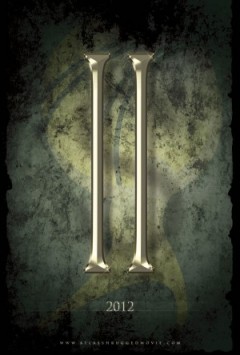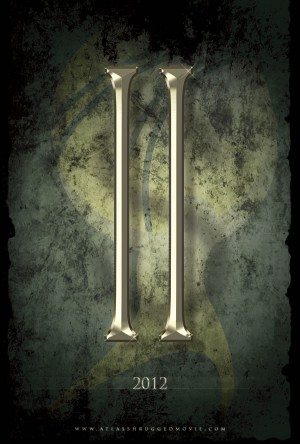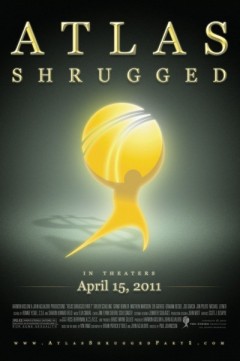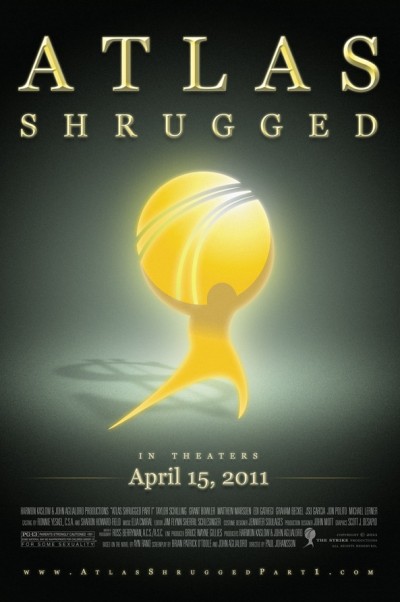

Brian Doherty of Reason.com was able to visit the set of Atlas Shrugged, Part II — Either-Or, based on Ayn Rand’s inspiring novel, during part of its ongoing 31 day shoot. After poor box office sales and being panned by critics, including our own Matthew Alexander (read his review), many wondered whether the second and third installments would ever be filmed. Encouraging DVD and VOD sales convinced the wealthy “rights”-holder, John Aglialoro, to persevere and a few new Randian investors to hop on board. I’m not sure whether the budget is the same, but in a risky move two things certainly aren’t: the director and the entire cast.
Yes, you read that right. The director and the entire cast from the first film were not retained for the second and third installments. The irony is not lost on those of us who both recognize that so-called intellectual property is illegitimate and are painfully aware of how fiercely most followers of Ayn Rand cling to it that copyright appears to have played a major role in this potentially devastating turnover. As one of the producers, Harmon Kaslow, himself explains,
[continue reading…]
Help Promote Prometheus Unbound by Sharing this Post

 In Ayn Rand’s novel Atlas Shrugged, the first time we meet Dagny Taggart is on the Taggart Comet. The scene comes alive as Rand’s pen reveals the details such that the reader feels as if he is there. When Dagny awakens from a nap to discover the train has stopped, she gets off to investigate. Ayn Rand writes:
In Ayn Rand’s novel Atlas Shrugged, the first time we meet Dagny Taggart is on the Taggart Comet. The scene comes alive as Rand’s pen reveals the details such that the reader feels as if he is there. When Dagny awakens from a nap to discover the train has stopped, she gets off to investigate. Ayn Rand writes:
There was a cold wind outside, and an empty stretch of land under an empty sky. She heard weeds rustling in the darkness. Far ahead, she saw figures of men standing by the engine—and above them, hanging detached in the sky, the red light of a signal.
I have often thought Rand would have made an excellent director, and in that single paragraph we can see some of her talent. She appeals to three senses and evokes compelling images in our heads. A director, location scout, sound engineer, set designer, and cinematographer intent on filming such a scene have half their work done for them already. Let us hear the weeds but not see them; let us see Dagny shiver once and hold her coat tighter to her body; let us see a long shot of silhouettes of men bathed in red light from the stoplight that seems to float in the dark sky above them. The appropriate shots present themselves, practically instructing the director.
Before the stop, Dagny hears a brakeman whistling a tune she just knows was composed by Richard Halley.
“Tell me please what are you whistling?”
…
“It’s the Halley Concerto,” he answered, smiling.
“Which one?”
“The Fifth.”
She let a moment pass before she said slowly and very carefully, “Richard Halley wrote only four concertos.”
The boy’s smile vanished… “Yes, of course,” he said. “I’m wrong. I made a mistake.”
This early scene, which I find excellent and a great mood setter for the rest of the book, is absent from the movie. So too is any trace of the talent for storytelling present in it.
[continue reading…]
Help Promote Prometheus Unbound by Sharing this Post












